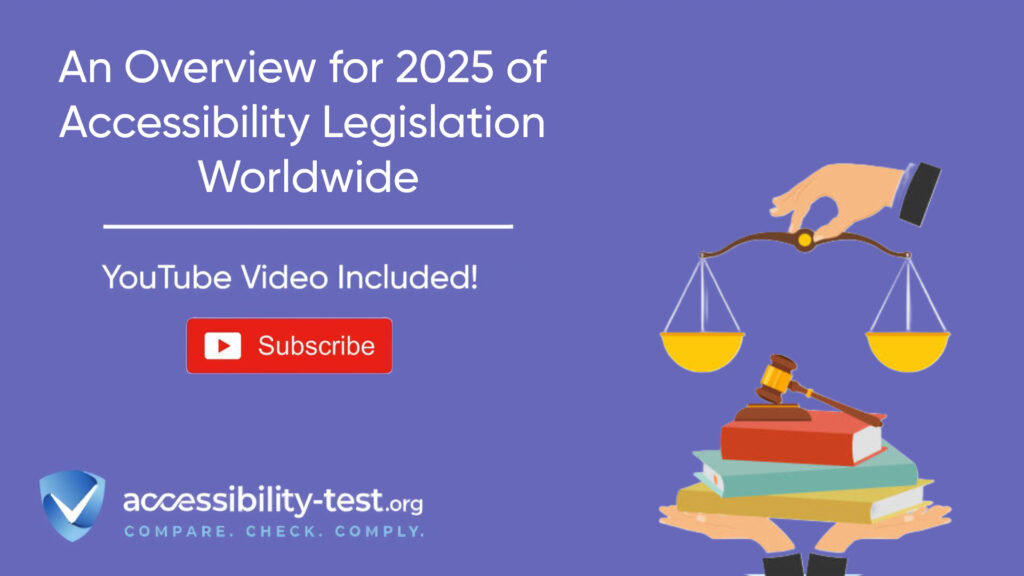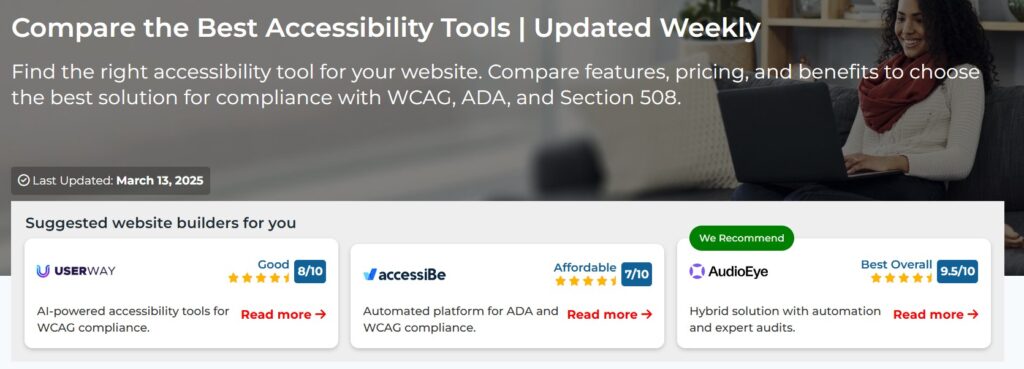
As we move through 2025, the landscape of digital accessibility laws is changing quickly. With major deadlines approaching and new standards being enforced, organizations worldwide need to understand what’s coming and how to prepare. From the European Accessibility Act’s June enforcement to updates in US regulations, these changes will affect websites, apps, and digital services across borders. This article explores the most important legal updates in accessibility, what they mean for your organization, and how to get ready for the new requirements that will soon be mandatory.
Key Updates to Global Standards in 2025
Digital accessibility standards are evolving in 2025, with several important changes taking place. These standards provide the rules and guidelines that websites and apps must follow to be accessible to people with disabilities. Understanding these updates is crucial for any organization with an online presence.
Web Content Accessibility Guidelines (WCAG) in 2025
The Web Content Accessibility Guidelines (WCAG) remain the key global standard for digital accessibility. WCAG 2.2 was officially published in October 2023, bringing nine new success criteria to the previous version. These updates focus on making websites and apps more accessible for people with cognitive disabilities, low vision, and mobile device users.
WCAG has three levels of compliance: A, AA, and AAA. Most laws worldwide require organizations to meet Level AA standards. Level A covers the most basic accessibility requirements, while Level AA adds more detailed criteria. Level AAA is the most strict but is rarely required by law.
WCAG 2.2 maintains backward compatibility with WCAG 2.1 and 2.0. This means if your website meets WCAG 2.2 standards, it also meets the requirements of older versions. Key additions in WCAG 2.2 include:
- Focus Appearance: Making it easier to see where keyboard focus is located
- Target Size: Ensuring clickable elements are at least 24 by 24 CSS pixels
- Dragging Movements: Providing alternatives to dragging gestures
- Consistent Help: Making sure help features are in consistent locations
- Accessible Authentication: Reducing cognitive barriers to logging in
While WCAG 3.0 is being developed, it’s not expected to be completed before 2028, and some experts believe it might not be released until 2030. This means WCAG 2.2 will be the main standard for the foreseeable future.ation is often the only practical way to test everything regularly.
Global Adoption of Accessibility Standards
Worldwide, most accessibility laws point to WCAG 2.1 Level AA as the standard for compliance. This creates a more uniform approach, making it easier for organizations operating in multiple countries to meet requirements.
The most common standards used across different regions include:
- WCAG 2.1 Level AA: Required by the European Accessibility Act and many other laws
- EN 301 549: The European standard for digital accessibility, which incorporates WCAG
- ISO/IEC 30071-1: International standard for creating accessible digital products
As we move through 2025, more countries are expected to update their accessibility laws to reference WCAG 2.1 or 2.2 Level AA as the required standard. This global alignment makes it increasingly important for organizations to understand and implement these guidelines.
Impact on Businesses and Organizations
The shift toward stricter accessibility standards affects how businesses create and maintain their digital presence. For many organizations, this means:
- Reviewing existing websites and apps against WCAG 2.1 or 2.2 Level AA criteria
- Training design and development teams on accessibility requirements
- Building accessibility testing into development processes
- Creating accessibility statements that explain conformance levels
- Setting up ongoing monitoring for accessibility issues
Organizations that take a proactive approach to these changes will not only avoid legal risks but can also benefit from improved user experience, better search engine optimization, and access to wider markets.
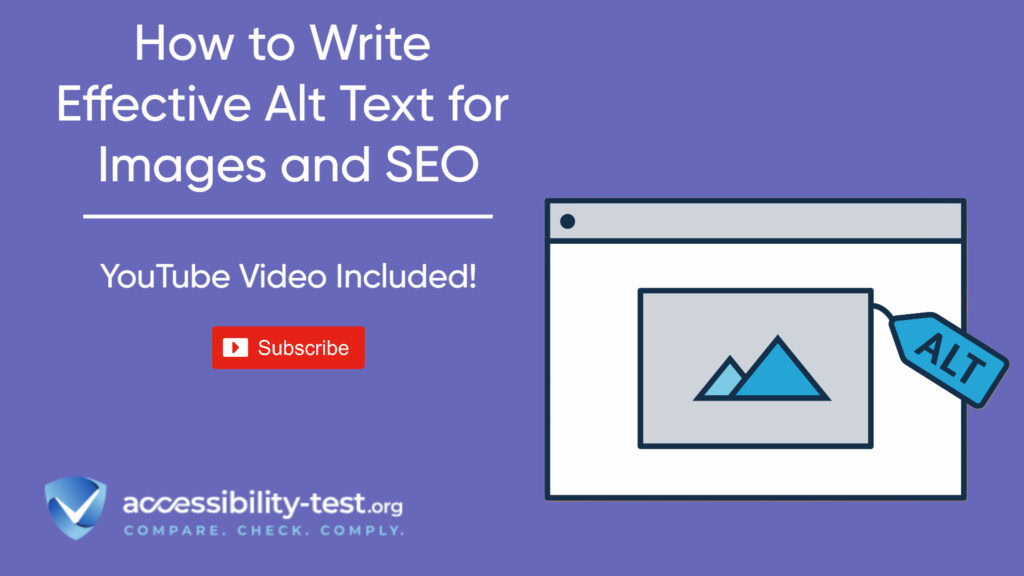
June 2025 Enforcement of the European Accessibility Act (EAA)
The European Accessibility Act (EAA) is one of the most significant digital accessibility laws to be enforced in 2025. As the June deadline approaches, organizations need to understand its requirements and prepare for compliance.
What is the European Accessibility Act?
One of the most helpful uses of AI is creating alt text for images automatically. The European Accessibility Act was adopted in 2019 with the goal of creating consistent accessibility standards across the European Union. It aims to make products and services more accessible to people with disabilities, breaking down barriers to digital participation.
The EAA will be fully enforced starting June 28, 2025. This deadline applies to all new products and services covered by the act. Member states were required to transpose the EAA into their national laws by June 28, 2022, though many were delayed in doing so.
The EAA is based on the UN Convention on the Rights of Persons with Disabilities and follows the four principles of WCAG:
Robust: Content must be robust enough to work with assistive technologies
Perceivable: Information must be presentable to users in ways they can perceive
Operable: User interface components must be operable
Understandable: Information and operation must be understandable
Products and Services Covered by the EAA
The EAA applies to a wide range of digital and physical products and services, including:
- E-commerce websites and apps
- Banking services and ATMs
- Computer hardware and operating systems
- Smartphones and mobile applications
- E-books and e-readers
- Television equipment and streaming services
- Transportation services and ticketing systems
- Self-service terminals and kiosks
The act specifically targets products and services deemed most important for people with disabilities, focusing on those that enable access to information, communication, and daily activities usable for people with vision disabilities or reading difficulties.
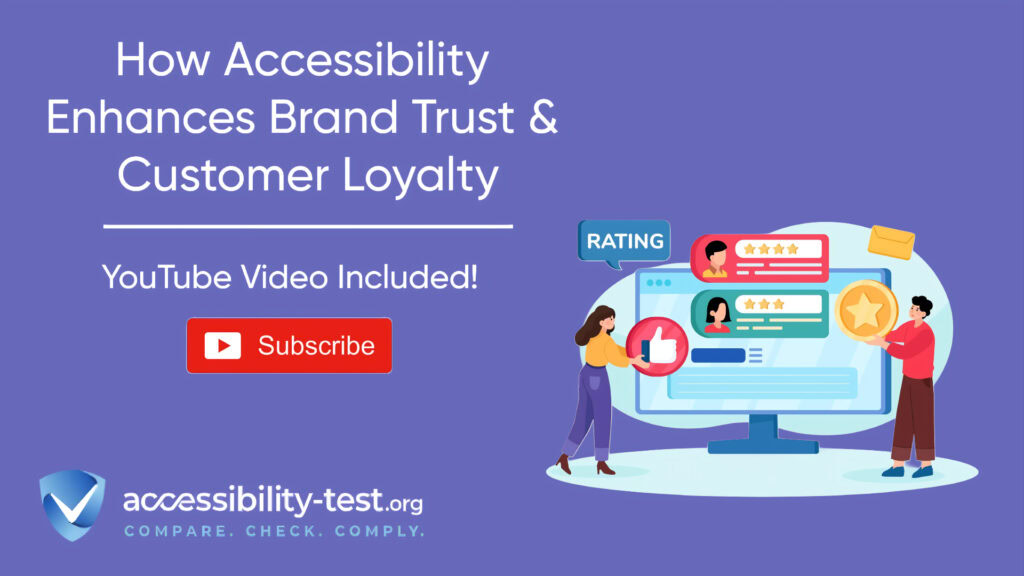
Requirements and Compliance Measures
To comply with the EAA, organizations need to ensure their digital offerings meet accessibility standards. The primary way to demonstrate compliance is to conform with:
Practical compliance measures include:
- Ensuring compatibility with screen readers, keyboard navigation, and other assistive technologies
- Improving readability through accessible color combinations and focus indicators
- Adding captions to videos and providing audio descriptions where needed
- Making all user interface elements accessible via keyboard
- Providing alternatives to complex gestures and interactions
For existing products and services already in use before June 28, 2025, there’s an extended timeline for compliance until June 28, 2030. Self-service terminals have an even longer transition period, up to 20 years from when they were first put into service, but no later than 2045.
Penalties for Non-Compliance
The EAA itself doesn’t specify exact penalties for non-compliance. Instead, each EU member state is responsible for establishing its own enforcement mechanisms and sanctions.
The potential penalties can range widely:
- Fines from €1,000 to 5% of an organization’s annual turnover
- Legal action in national courts
- Being required to fix accessibility issues on a specific timeline
- Negative publicity and damage to brand reputation
Member states are required to set up monitoring systems to check compliance and manage reports of violations. The severity of penalties may reflect how serious the accessibility barriers are and their impact on users with disabilities.
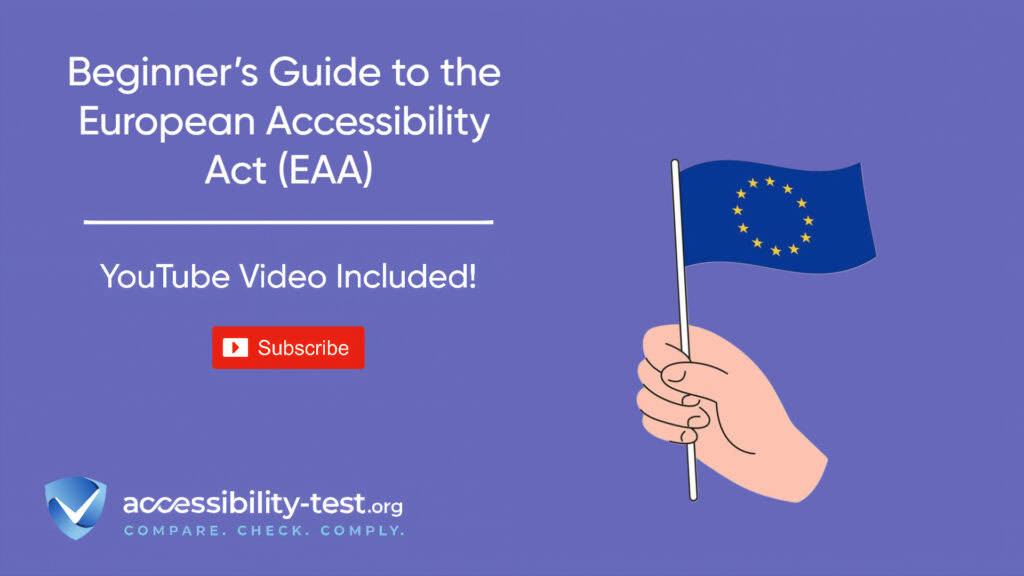
Implications for Global Organizations
While the EAA directly affects organizations operating in the EU, its impact extends beyond Europe’s borders. Any business that serves EU customers or plans to expand into EU markets must comply with the EAA requirements.
For global organizations, this means:
- Reviewing accessibility of all digital touchpoints for EU customers
- Ensuring product development follows accessible design principles
- Training teams on EAA requirements and accessibility best practices
- Updating procurement policies to include accessibility requirements
- Creating documentation that demonstrates compliance efforts
UK businesses that trade with the EU also need to comply with the EAA, despite Brexit. While the UK government hasn’t announced its own version of the EAA, many experts believe it may develop similar regulations in the future, similar to how it handled GDPR.
Changes to ADA Title III Requirements in the US
While the European Union moves forward with the EAA, the United States continues to enforce accessibility through the Americans with Disabilities Act (ADA). Understanding the current state and future direction of ADA requirements is essential for organizations operating in the US.
Understanding ADA Title III
The ADA is divided into five titles, with Title III covering “public accommodations” – businesses and organizations that serve the public. Title III requires these entities to remove barriers that prevent people with disabilities from accessing their goods and services.
Importantly, the US Department of Justice (DOJ) has consistently maintained that websites of private businesses are considered “public accommodations” under Title III. This means websites must be accessible to people with disabilities, even though the ADA was written before the modern internet existed.
Unlike Title II (which covers state and local governments), Title III doesn’t specify exact technical standards for website accessibility. However, the DOJ regularly references WCAG as the benchmark for compliance in its enforcement actions and settlements.
Digital Accessibility Under ADA Title III
ADA Title III applies to a wide range of private businesses, including:
- Retail stores (both physical and online)
- Restaurants and food services
- Hotels and accommodations
- Entertainment venues
- Professional services (legal, medical, etc.)
- Educational institutions
- Financial institutions
For digital properties like websites and apps, the key accessibility requirements include:
- Compatibility with assistive technologies like screen readers.
- Text alternatives for images and non-text content
- Captions for video content
- Keyboard accessibility for all functions
- Sufficient color contrast
- Readable text and simple navigation
Expected Changes in 2025
While the DOJ published a final rule for Title II in 2024 (requiring state and local government websites to meet WCAG 2.1 AA standards), no similar rule has been established for Title III.
Based on current trends and the information available, here’s what organizations can expect for ADA Title III in 2025:
- Continued enforcement through lawsuits and DOJ actions, with potentially reduced federal enforcement under the new administration
- No new formal regulations specifically for Title III website accessibility
- WCAG 2.1 or 2.2 Level AA continuing to serve as the de facto standard for compliance
- Potential stalling of pending rules for accessible self-service kiosks and EV charging stations
Despite the lack of specific regulations, lawsuits related to website accessibility continue to be filed at a steady rate. In 2024, most cases focused on physical or digital barriers to access, with a smaller number addressing operational issues like policy modifications.
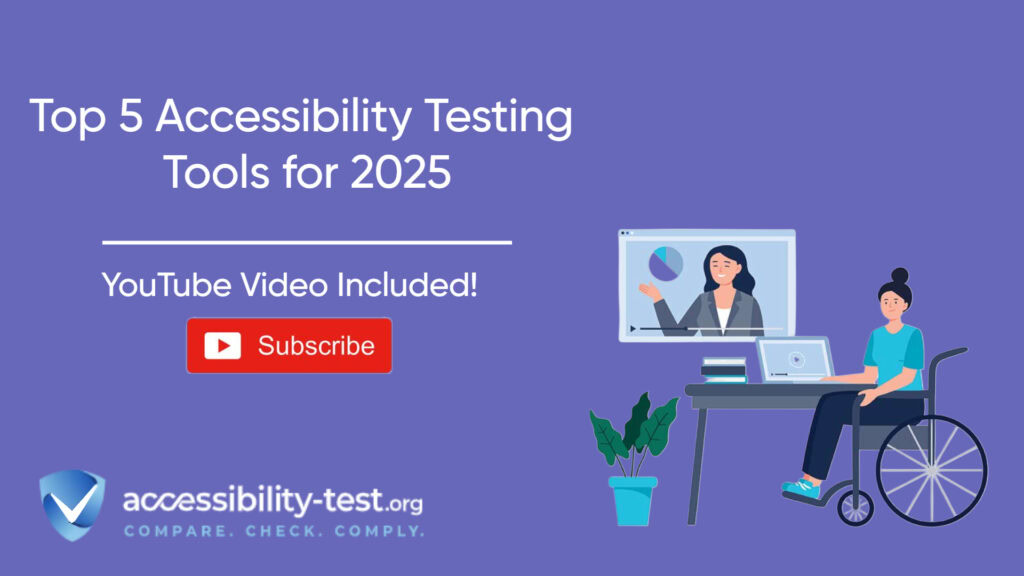
Best Practices for ADA Compliance
To minimize legal risk and ensure accessibility, organizations should follow these best practices:
- Audit your website against WCAG 2.1 AA standards, which continue to be the benchmark most courts and the DOJ look to when evaluating ADA compliance
- Create and publish an accessibility statement on your website
- Implement a regular testing schedule using both automated tools and manual testing
- Train your content creators and developers on accessibility requirements
- Establish a process for quickly addressing accessibility complaints
- Consider including accessibility requirements in vendor contracts
- Stay informed about legal developments and case law
While federal enforcement might decrease in 2025, private lawsuits are expected to continue at similar levels to previous years. Organizations should remain vigilant about accessibility to avoid potential legal action.
Visit Our Tools Comparison Page!

Preparing for Compliance Across Multiple Regions
For organizations operating globally, complying with accessibility laws in multiple regions can be challenging. However, with a strategic approach, you can create an accessibility program that meets requirements worldwide while avoiding duplication of efforts.
Understanding the Common Requirements
Despite differences in specific laws, most digital accessibility requirements worldwide share common elements. By focusing on these shared requirements, organizations can create a foundation that works across regions:
- WCAG Compliance: Most laws reference WCAG 2.1 Level AA as the minimum standard. Meeting these requirements will satisfy the technical aspects of most global accessibility laws.
- Documentation: Many laws require organizations to document their accessibility efforts. This may include accessibility statements, conformance reports, or remediation plans.
- Regular Testing: Ongoing monitoring and testing are essential components of compliance in most regions.
- Accessible Procurement: Ensuring third-party products and services are accessible is increasingly required by laws worldwide.
By addressing these common elements first, organizations can establish a global accessibility strategy that can then be tailored to specific regional requirements.
Key Differences Between Regional Requirements
While there are many similarities, important differences exist between regional laws that organizations need to address:
- Timeline Differences:
- EAA: Full compliance required by June 28, 2025 for new products/services
- ADA Title III: No specific compliance deadline, but ongoing requirement
- Australia’s DDA: Expected updates to Digital Service Standard in 2025
- Scope Variations:
- EAA: Focuses on specific products and services deemed essential
- ADA: Applies broadly to all “public accommodations”
- Reporting Requirements:
- EAA: Requires accessibility statements for covered services
- Title II: Requires documented testing and reporting
Organizations need to be aware of these differences to ensure they meet all requirements in each region where they operate.
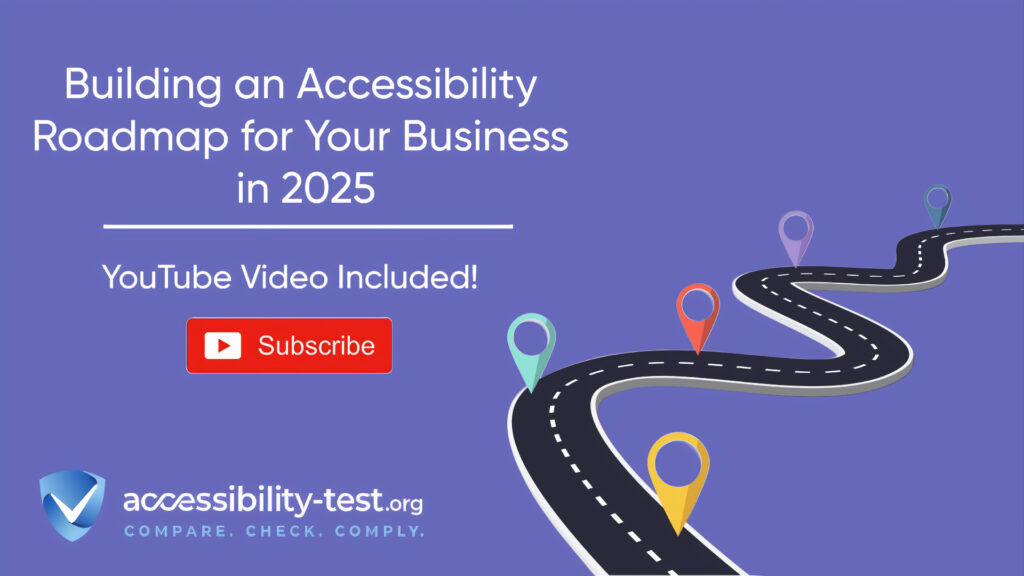
Creating a Global Accessibility Strategy
To effectively manage compliance across regions, consider this step-by-step approach:
- Audit Your Digital Properties: Start by assessing your current websites and apps against WCAG 2.1 Level AA. This provides a baseline understanding of where improvements are needed.
- Prioritize Fixes Based on Impact and Risk: Address critical issues first, particularly those that affect the largest number of users or present the highest legal risk.
- Develop Region-Specific Compliance Plans: Create targeted plans for each region where you operate, addressing the specific requirements of each jurisdiction.
- Implement Accessibility in Your Development Process: Train your teams on accessibility standards and incorporate testing throughout your development lifecycle.
- Create Necessary Documentation: Develop accessibility statements, conformance reports, and remediation plans as required by various laws.
- Establish Ongoing Monitoring: Set up regular testing schedules to catch new issues as they arise.
- Stay Informed About Changing Requirements: Assign responsibility for tracking legislative updates in key regions.
This strategic approach helps organizations manage the complexity of multi-region compliance while maximizing the efficiency of their accessibility efforts.
Tools and Resources for Compliance
Several tools and resources can help organizations meet accessibility requirements across regions:
- Automated Testing Tools: Tools like Axe, WAVE, and Lighthouse can help identify many accessibility issues automatically.
- Manual Testing Protocols: Develop procedures for keyboard navigation testing, screen reader testing, and other manual checks that automated tools can’t perform.
- Accessibility Consultants: Consider working with specialists who understand global requirements and can provide expert guidance.
- Documentation Templates: Use standardized templates for accessibility statements and conformance reports that can be adapted for different regions.
- Training Resources: Invest in accessibility training for your teams to build internal expertise.
By leveraging these resources, organizations can build a more efficient and effective approach to global accessibility compliance.
Managing Third-Party Content and Services
Many organizations rely on third-party vendors for aspects of their digital presence. Managing the accessibility of these components is crucial for compliance:
- Include Accessibility Requirements in Contracts: Specify WCAG 2.1 AA compliance in vendor agreements.
- Request VPAT Documentation: Ask vendors to provide Voluntary Product Accessibility Templates (VPATs) that document the accessibility of their products.
- Test Third-Party Components: Don’t rely solely on vendor claims; test third-party elements yourself.
- Have Remediation Plans for Third-Party Issues: Develop strategies for addressing accessibility gaps in vendor products.
This comprehensive approach to third-party management helps ensure all aspects of your digital presence meet accessibility requirements, regardless of who created them.
Taking Action on Digital Accessibility
As global accessibility laws continue to evolve, organizations face both challenges and opportunities. By taking a proactive approach to accessibility, you can reduce legal risk, improve user experience, and reach wider markets.
The most important steps to take now include:
- Assessing your current digital properties against WCAG 2.1 AA standards
- Creating a roadmap for addressing any issues found
- Building accessibility into your ongoing processes
- Preparing specifically for the June 2025 EAA deadline if you operate in or serve EU markets
- Staying informed about changes to ADA enforcement in the US
Digital accessibility is no longer optional—it’s an essential aspect of operating in the digital world. By understanding the legal requirements and implementing effective compliance strategies, organizations can ensure they’re ready for the accessibility landscape of 2025 and beyond.
Run a FREE scan to check compliance and get recommendations to reduce risks of lawsuits
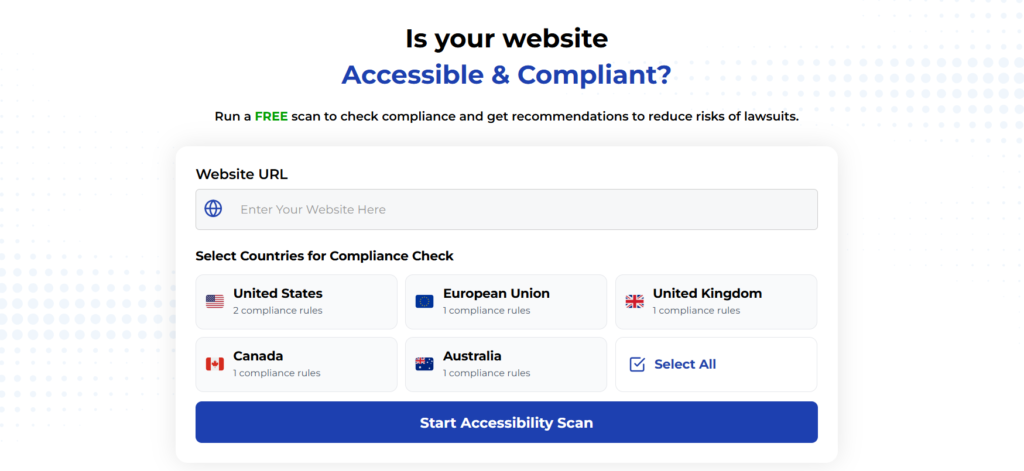
As these technologies improve, they will make digital accessibility easier for organizations of all sizes and technical skill levels. However, it’s important to remember that AI is a tool to help human efforts—not replace them completely. The best accessibility strategies will combine AI efficiency with human insight and understanding.
For organizations wanting to improve their digital accessibility, using AI-powered testing tools is a great first step toward meeting compliance requirements and creating better experiences for all users.
Run a FREE scan to check compliance and get recommendations to reduce risks of lawsuits.



